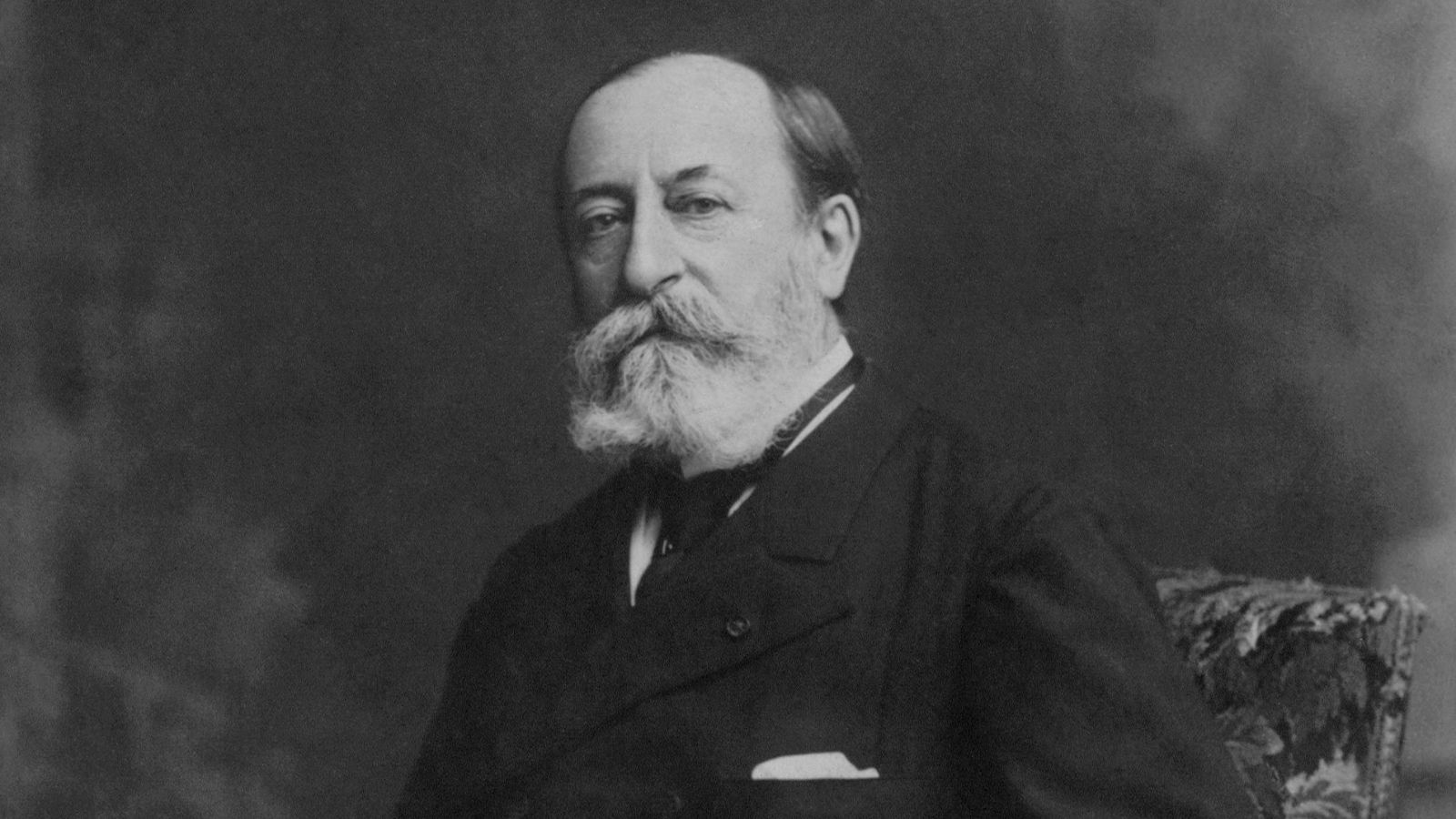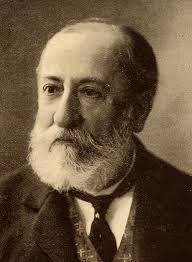Skip to content
- Musical Prodigy: Born on October 9, 1835, in Paris, France, Camille Saint-Saëns displayed remarkable musical talent from an early age. He started playing the piano at the age of two and composed his first piece at just three years old.
- Prolific Composer: Saint-Saëns was an incredibly prolific composer, leaving behind a vast body of work across various genres. His compositions include symphonies, operas, concertos, chamber music, and works for solo piano and organ.
- Versatile Musician: Beyond his accomplishments as a composer, Saint-Saëns was also a talented pianist, organist, and conductor. His virtuosity on the piano and organ earned him widespread acclaim during his lifetime.
- Innovative Orchestration: Saint-Saëns was known for his innovative approach to orchestration, blending traditional French Romanticism with elements of classical form. His mastery of orchestral color and texture is evident in pieces like “Carnival of the Animals” and “Danse Macabre.”
- Egyptian Influence: Saint-Saëns had a deep fascination with Egypt, which inspired several of his compositions. He visited the country numerous times throughout his life and incorporated Egyptian themes and motifs into works such as the “Piano Concerto No. 5” (nicknamed the “Egyptian Concerto”) and the opera “Samson and Delilah.”
- Zoological Symphony: One of Saint-Saëns’ most beloved works, “Carnival of the Animals,” is a humorous and charming musical suite that depicts various animals through music. Despite its popularity, he requested that it not be performed publicly during his lifetime, fearing it would overshadow his more serious compositions.
- Influence on Ravel and Debussy: Saint-Saëns was a significant influence on other French composers of his time, including Maurice Ravel and Claude Debussy. His neoclassical tendencies and penchant for clear musical structures left a lasting impact on the development of French music in the late 19th and early 20th centuries.
- Early Champion of Wagner: Although Saint-Saëns was known for his adherence to classical forms, he was an early supporter of Richard Wagner’s music in France. He conducted the French premieres of several Wagner operas, including “Tristan und Isolde” and “Parsifal,” introducing French audiences to Wagner’s groundbreaking musical language.
- Academic Recognition: Saint-Saëns was highly esteemed in academic circles and was elected to the Institut de France, the prestigious French learned society, in 1881. He also served as a professor at the École de Musique Classique et Religieuse in Paris, where he taught composition and counterpoint.
- Legacy and Influence: Saint-Saëns’ contributions to music continue to be celebrated today, with his works regularly performed by orchestras and chamber ensembles worldwide. His influence extends beyond the concert hall, with his music frequently featured in film, television, and popular culture, ensuring that his legacy endures for generations to come.


Comments are closed